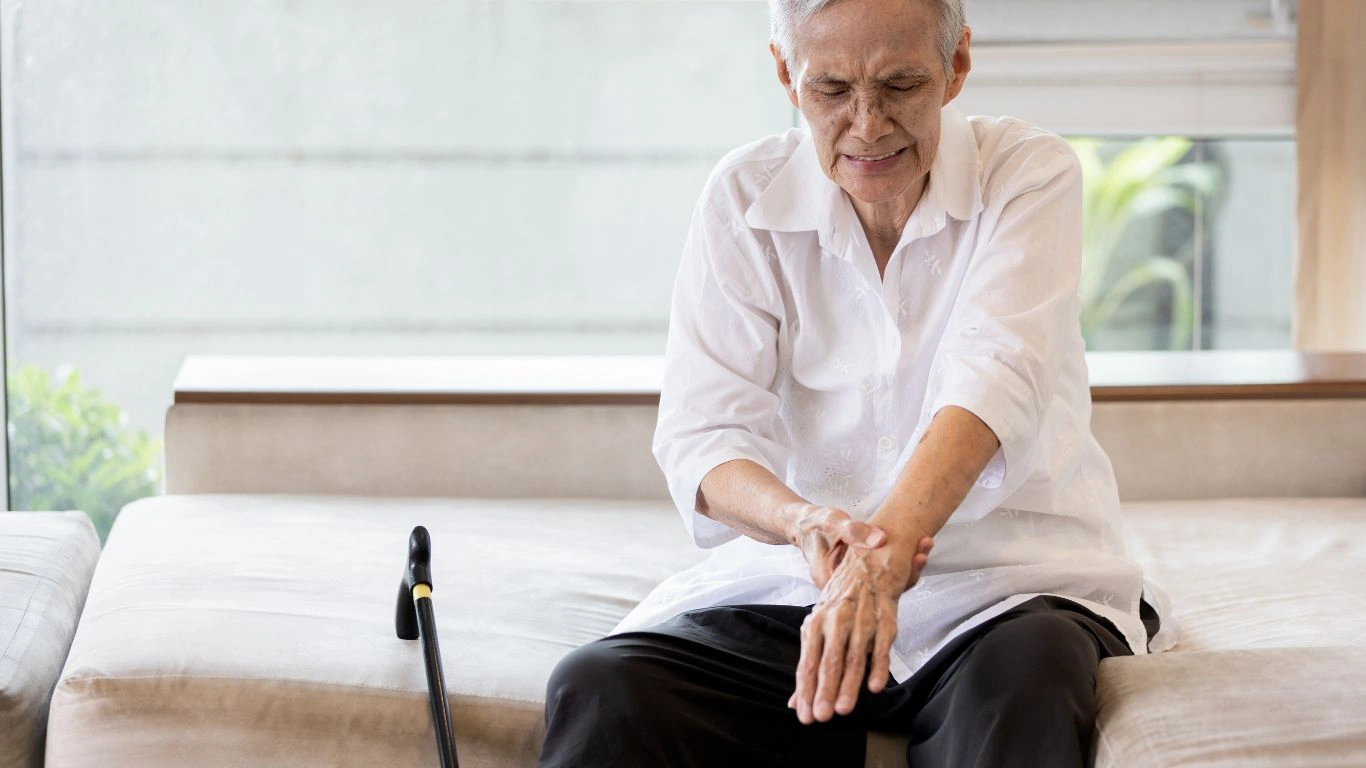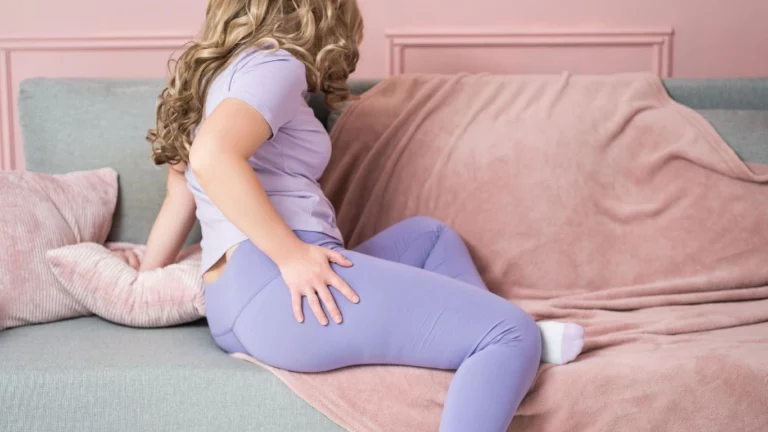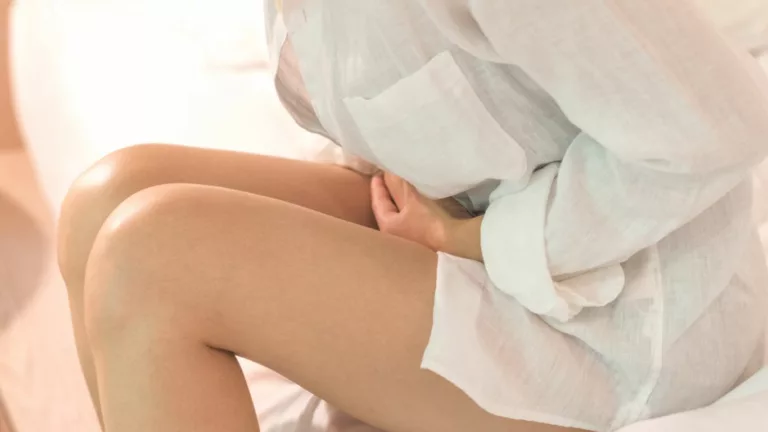Discover Hot and Cold Therapy Benefits for Rheumatoid Arthritis Pain Relief
As a rheumatoid arthritis (RA) expert, I’ve seen firsthand how challenging this condition can be for individuals seeking relief. One of the most common questions I receive from patients is about managing their pain and inflammation. While there’s no one-size-fits-all solution, one therapeutic approach I highly recommend is the use of hot and cold therapy. This method is not only simple but effective in helping manage symptoms, improving mobility, and enhancing quality of life. If you’re struggling with RA, this treatment could offer you a non-invasive option to reduce pain and stiffness. In this article, I’ll dive into the many benefits of using hot and cold therapy to manage rheumatoid arthritis, share personal insights, and offer tips to help you incorporate these treatments into your daily routine.
What Is Rheumatoid Arthritis?
Rheumatoid arthritis is an autoimmune disease where your immune system mistakenly attacks the lining of your joints, leading to inflammation, pain, and swelling. It affects various joints in the body, including the wrists, knees, fingers, and toes. Over time, the continuous inflammation can damage the joints, leading to permanent disability if not properly managed.
Although the exact cause of RA is still unclear, genetics, environmental factors, and hormonal changes all seem to play a role in its development. Some common symptoms of RA include joint pain, stiffness, swelling, and fatigue, which can significantly affect a person’s ability to perform everyday tasks. This is where treatments like hot and cold therapy can come into play to provide much-needed relief.
How Hot and Cold Therapy Can Help Manage RA Symptoms
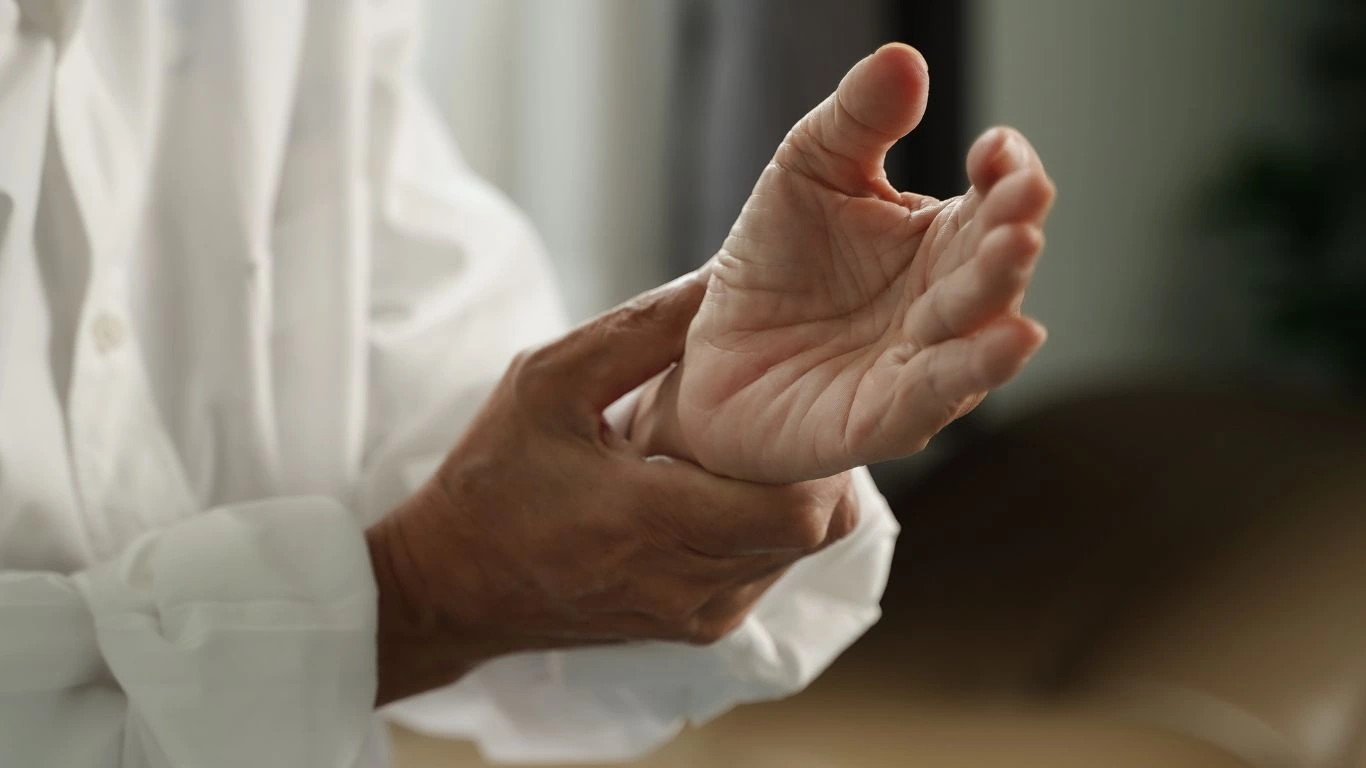
Using hot and cold therapy can be a simple, effective, and drug-free method for managing the symptoms of rheumatoid arthritis. Let’s take a look at how each treatment can help relieve pain, reduce inflammation, and improve your overall quality of life:
Cold Therapy: A Soothing Solution for Inflammation
Cold therapy, also known as cryotherapy, involves applying cold packs or ice to the affected area. When I recommend this to patients, they often report a sense of instant relief, especially when their joints are swollen and inflamed. Cold therapy works by numbing the area, reducing blood flow, and constricting blood vessels. This process helps reduce swelling and limits the amount of inflammation in the joints. Think of it as putting out a fire – it calms things down and prevents further damage.
One of the key benefits of cold therapy for RA patients is its ability to minimize pain and inflammation without the need for medications. It’s also incredibly simple and convenient, requiring only an ice pack, frozen peas, or a cold compress to get started.
Hot Therapy: Relaxing Stiff Joints and Muscles

Hot therapy, or thermotherapy, works by applying heat to the affected area, which helps to relax tense muscles, improve blood flow, and increase flexibility. For RA patients dealing with stiffness and tightness in their joints, heat can provide significant relief. I’ve seen many of my patients find that applying a heating pad or soaking in a warm bath helps reduce the morning stiffness that is so common with rheumatoid arthritis.
By improving circulation and relaxing the muscles around the joints, hot therapy can make it easier to move without discomfort. Many patients use hot therapy before engaging in physical activity to loosen up tight muscles and reduce the risk of injury. It can also be a wonderful way to wind down after a long day, easing the tension built up in the body.
Which Therapy Should You Use: Hot or Cold?
So, which therapy is right for you? It really depends on what you’re experiencing at the time. If your joints are inflamed, red, and swollen, cold therapy is likely your best bet. On the other hand, if you’re dealing with stiff muscles or joints, hot therapy may be more beneficial. Some of my patients even combine both therapies for maximum relief. The beauty of hot and cold therapy is its versatility—you can tailor the treatment to your specific needs at any given moment.
Here’s a quick rundown of when to use each therapy:
- Cold therapy: Best for inflammation, swelling, and acute pain. Use cold packs or ice for 15-20 minutes at a time.
- Hot therapy: Ideal for easing stiffness, muscle tightness, and chronic pain. Use heat for 20-30 minutes, but avoid applying heat directly to inflamed joints.
Personal Experience: How I’ve Used Hot and Cold Therapy in My Practice
In my experience, hot and cold therapy has proven to be one of the most effective, low-cost, and easy-to-implement solutions for my rheumatoid arthritis patients. I’ve had patients tell me that incorporating these therapies into their daily routines has helped them manage their symptoms without the need for pain medication. One of my favorite stories is from a patient named Emily. She had been living with RA for years and struggled with the stiffness and pain that came with it. After introducing her to hot and cold therapy, she found that alternating between the two methods helped her stay active and comfortable throughout the day. It became her go-to solution during flare-ups.
Another patient, James, swore by using cold therapy during his morning routine. He had trouble getting out of bed due to swelling in his knees, but applying a cold pack first thing in the morning helped him start the day with less pain and stiffness. These personal experiences really demonstrate how hot and cold therapy can make a significant difference in managing rheumatoid arthritis.
Simple Ways to Incorporate Hot and Cold Therapy into Your Routine
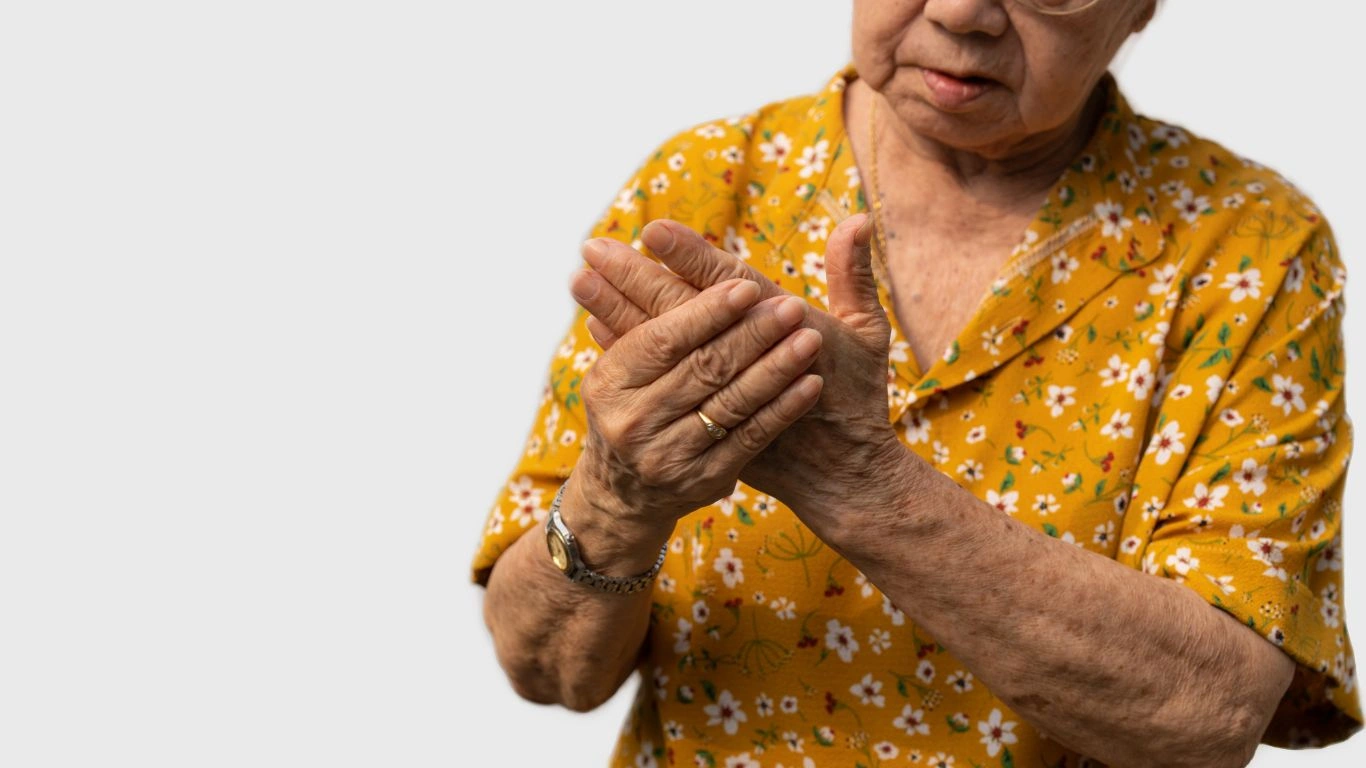
Now that you understand the benefits of hot and cold therapy, let’s discuss how you can easily incorporate these treatments into your daily routine:
- Cold packs: Keep an ice pack or cold compress in your freezer for quick access when you feel pain or swelling in your joints. Wrap it in a cloth before applying to avoid frostbite.
- Heating pads: A heating pad can be used during the evening to relax tense muscles. Make sure it’s set on a comfortable temperature to avoid burns.
- Warm baths: Soaking in a warm bath with Epsom salts can provide a relaxing, therapeutic experience for your joints and muscles.
- Alternating therapies: Some people find alternating between hot and cold treatments works best for them. Try applying cold for 15 minutes, followed by heat for 20 minutes to see how it helps with your symptoms.
The Science Behind Hot and Cold Therapy for Rheumatoid Arthritis
When it comes to treating rheumatoid arthritis, it’s not just about what feels good—it’s also about what works scientifically. Both hot and cold therapies are backed by research that highlights their ability to reduce pain and inflammation, which are two major concerns for RA patients. The science behind these therapies is pretty fascinating, so let’s break it down a bit to understand why they work so well.
Cold Therapy: The Science of Pain and Inflammation Reduction

Cold therapy works by constricting blood vessels, which slows down blood flow to the affected area. This reduction in blood flow helps to decrease swelling and prevent inflammation from spreading. Essentially, cold therapy reduces the amount of fluid that accumulates in the joints, which is a big contributor to RA pain.
Research has shown that the cold not only numbs the nerves, providing immediate pain relief, but it also reduces the production of pro-inflammatory cytokines. These cytokines are proteins that play a key role in the inflammatory process. By limiting their release, cold therapy helps reduce the inflammation and discomfort caused by rheumatoid arthritis flare-ups.
When I talk to my patients about using cold therapy, I always emphasize the importance of applying it for short periods—about 15 to 20 minutes. Too much exposure to cold can cause the blood vessels to constrict too much, which could potentially make symptoms worse. Finding that sweet spot is key to getting the best results.
Hot Therapy: Enhancing Circulation and Muscle Relaxation

Now, hot therapy works in the opposite way. It promotes blood flow by dilating blood vessels, which helps to bring more oxygen and nutrients to the joints and tissues. This increase in circulation is particularly beneficial for those with rheumatoid arthritis, as it helps to flush out metabolic waste and promote healing. Additionally, heat has the ability to relax tight muscles around the joints, which can provide a much-needed sense of relief from stiffness.
Heat also helps to improve the elasticity of tissues, making it easier to move and stretch. I’ve seen many patients use heat as part of their daily routine before exercising or even just before getting out of bed in the morning to alleviate stiffness. When used properly, hot therapy can help prevent injuries and ease pain during movement.
Practical Tips for Applying Hot and Cold Therapy
If you’re new to hot and cold therapy, you might be wondering how to get started. It’s not difficult, but there are a few tips I’ve gathered over the years that can make a big difference in how effective these therapies are. Here are some simple and practical ways to incorporate hot and cold therapy into your daily routine:
How to Use Cold Therapy Effectively
- Choose the right cold source: An ice pack or even a bag of frozen peas can work wonders. Just make sure you wrap it in a towel to protect your skin.
- Time it right: Apply cold for 15 to 20 minutes at a time. Avoid leaving the cold pack on for too long as it can cause damage to your skin.
- Use it during flare-ups: Cold therapy is most effective when applied during a flare-up or when you’re experiencing acute pain and swelling. It can help quickly reduce inflammation.
- Target swollen areas: Focus on the joints that are experiencing the most swelling or discomfort. This can make the cold therapy even more effective.
How to Use Hot Therapy Effectively
- Choose the right heat source: A heating pad, warm compress, or even a hot water bottle can work. Just ensure it’s warm, not hot enough to cause burns.
- Time it right: Apply heat for 20 to 30 minutes at a time, and be sure not to overdo it. Just like cold therapy, moderation is key.
- Use it before activity: Heat can help loosen up tight muscles and joints, so consider using it before physical activity to improve flexibility.
- Focus on stiffness: Heat is best used when your joints feel stiff and tight, particularly in the morning or after a long day of sitting still.
Hot and Cold Therapy Alternatives for Rheumatoid Arthritis Relief
While hot and cold therapy are two of the most popular methods for managing rheumatoid arthritis symptoms, they aren’t the only options out there. Some of my patients find additional relief from other complementary therapies. If you’re interested in exploring further, here are a few alternatives that may enhance your overall treatment plan:
Gentle Exercise and Stretching

One of the most important things you can do for your rheumatoid arthritis is to stay active. While hot and cold therapy help with pain management, they don’t address the underlying need for mobility and strength. Gentle exercises, such as swimming or yoga, can keep your joints moving without causing additional strain.
Stretching exercises can also help improve flexibility and reduce stiffness, especially when performed in combination with hot therapy. I always advise my patients to be mindful of their bodies and avoid pushing themselves too hard, but regular movement is essential for joint health.
Massage Therapy
Massage therapy is another alternative that can complement hot and cold therapy. Massages help improve blood circulation, reduce muscle tension, and ease stiffness. Some of my RA patients have found that regular massage treatments, especially when combined with hot therapy, can provide significant relief from chronic pain and discomfort.
Topical Pain Relief Creams
If you’re looking for a targeted solution, topical pain relief creams or gels can be a great addition to your treatment plan. These products often contain ingredients like menthol or capsaicin, which can provide localized pain relief. I often recommend these creams to patients who need extra relief on specific joints or areas of the body.
Understanding the Long-Term Benefits of Hot and Cold Therapy for Rheumatoid Arthritis
As we dive deeper into rheumatoid arthritis (RA) management, it’s essential to not only focus on the short-term relief that therapies like hot and cold treatments provide but also on the long-term benefits. I often talk to my patients about the lasting impact of incorporating these methods into their daily routine. In my experience, they can significantly improve the quality of life over time, reducing flare-ups, preventing joint damage, and even improving emotional well-being.
One of the most notable long-term benefits of using hot and cold therapy is the prevention of joint stiffness and muscle tension. When used regularly, heat helps maintain flexibility, and cold therapy prevents excessive inflammation. Over time, this combination can prevent the worsening of symptoms, keep the joints more mobile, and help reduce pain during both active and inactive times.
How Regular Use Can Prevent Joint Damage
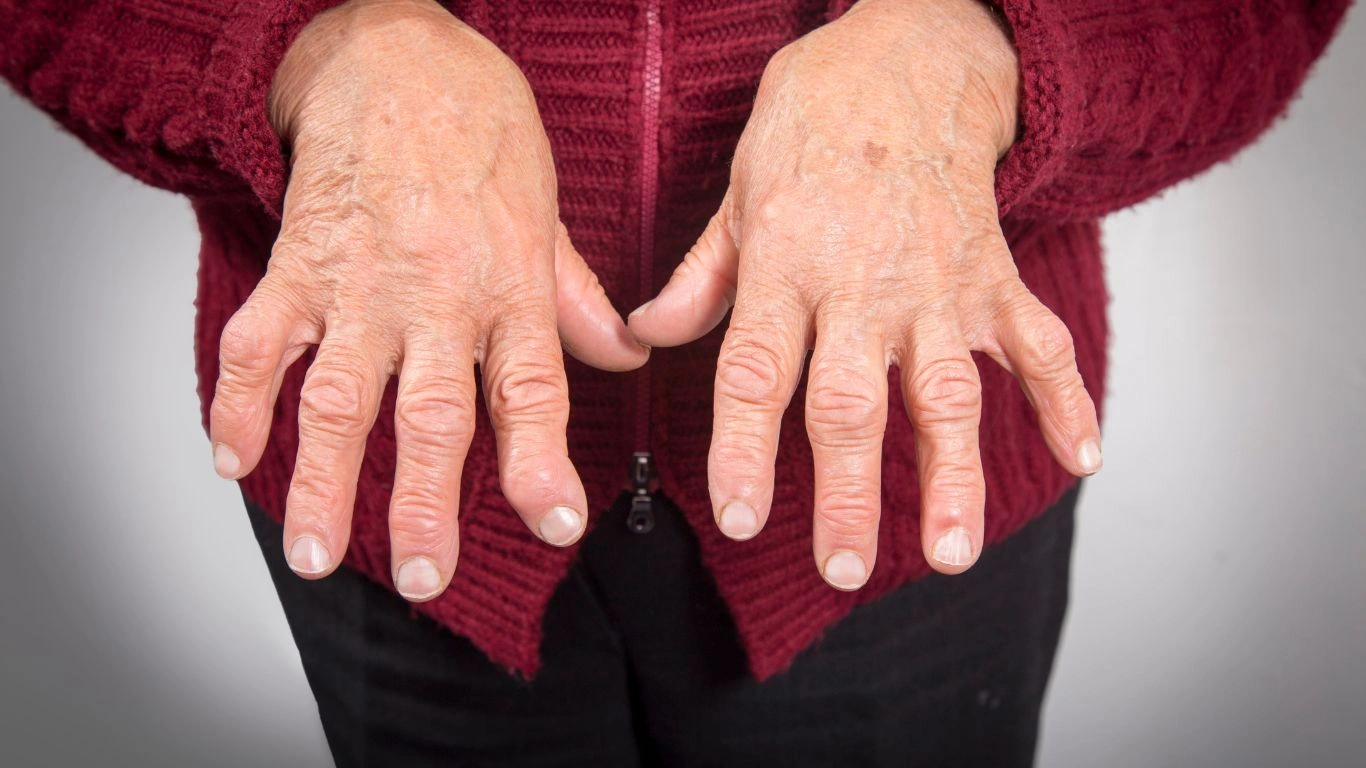
For those with RA, the risk of joint damage due to prolonged inflammation is always a concern. Both hot and cold therapy help by addressing one of the root causes of joint deterioration—inflammation. Cold therapy can minimize inflammation during a flare-up, while heat helps to maintain circulation and relax muscles that could otherwise add strain to the joints.
When we talk about the long-term impact of consistently managing inflammation with these therapies, we’re discussing a slower progression of joint damage. While these therapies won’t cure RA, they can help keep the inflammation at bay long enough to preserve joint function for years. The idea is to intervene early with these non-invasive methods to slow the progression of the disease, which, in my practice, has led to some truly positive outcomes for patients who have made them a part of their routine.
Reducing the Need for Medications
Another significant benefit is the potential to reduce reliance on medication. As a healthcare provider, I always strive to avoid over-reliance on pharmaceutical treatments unless absolutely necessary. While medications like disease-modifying antirheumatic drugs (DMARDs) are essential for some RA patients, they often come with side effects and can be costly in the long run. By integrating hot and cold therapy into their routine, many of my patients have been able to reduce the frequency or dosage of pain relievers and anti-inflammatory medications.
Of course, hot and cold therapy isn’t a replacement for medication in all cases, but when used in conjunction with other treatments, it can help manage symptoms and reduce flare-ups, potentially decreasing the need for stronger medication. This can lead to fewer side effects and an overall better quality of life, which is always the ultimate goal when managing rheumatoid arthritis.
Precautions and Considerations When Using Hot and Cold Therapy
While hot and cold therapy are incredibly helpful for managing rheumatoid arthritis, it’s crucial to use them correctly and with consideration for your body’s unique needs. Overdoing it or applying them improperly can lead to issues, so let’s discuss some of the key precautions you should take when incorporating these therapies into your routine.
Know When Not to Use Cold Therapy
- Avoid cold if you have poor circulation: People with RA often have compromised circulation, and prolonged exposure to cold can worsen this. Always consult with your doctor before using cold therapy if you have circulation issues.
- Don’t use cold therapy directly on bare skin: Always wrap your ice pack or cold compress in a towel to prevent frostbite and skin damage.
- Limit use during certain stages: If you have an open wound or skin irritation in the affected area, it’s best to avoid cold therapy until the area heals.
Be Cautious with Hot Therapy
- Don’t apply heat to inflamed joints: If your joints are swollen and red, it’s better to stick with cold therapy. Heat can worsen inflammation during acute flare-ups.
- Avoid burns: Always ensure that heat is not too intense when applying it to your skin. Use a warm, not hot, compress, and monitor your skin for any signs of discomfort.
- Check your skin regularly: Prolonged exposure to heat can sometimes cause burns or dehydration of the skin, so it’s essential to check for any skin irritation.
Additional Tips for Making Hot and Cold Therapy a Part of Your RA Management Routine
As I often tell my patients, consistency is key. Incorporating hot and cold therapy into your daily routine doesn’t need to be complicated or time-consuming. Here are some additional tips that might help you get the most out of these therapies:
Set a Schedule for Hot and Cold Therapy
One of the best ways to ensure you’re using hot and cold therapy effectively is to set a schedule. Whether you prefer to apply heat in the morning to loosen up stiff joints or use cold therapy in the evening to calm inflammation, making it a regular part of your day will help you stay on top of your RA management. For example, I suggest using heat first thing in the morning to relieve stiffness and cold therapy after any strenuous activity to reduce swelling.
Use Portable Cold and Heat Packs
If you’re always on the go, don’t worry—there are plenty of portable options for cold and heat therapy. There are wraps, pads, and packs designed to fit comfortably around your joints, allowing you to get the benefits even when you’re away from home. I’ve had patients report using portable heat wraps while working or going about their day, which makes it easier to stick with their pain management routine.
Stay Hydrated and Rested
While hot and cold therapy can be incredibly helpful, remember that they work best when combined with other lifestyle changes. Staying hydrated and ensuring you get enough rest are both crucial for managing RA. The body’s ability to heal and repair is enhanced when you’re well-rested, and hydration supports joint lubrication, which can reduce pain and stiffness.
References and Further Reading
If you want to learn more about the science behind hot and cold therapy and rheumatoid arthritis management, here are some valuable resources:
- Health U.S. – Rheumatoid Arthritis Treatment
- American College of Rheumatology – Managing RA
- NIAMS – Rheumatoid Arthritis Information
Remember, it’s always essential to consult with your healthcare provider before starting any new treatment regimen, including hot and cold therapy, to ensure it’s appropriate for your specific health needs.
Disclaimer
The information provided in this article is for educational purposes only and is not intended to replace professional medical advice, diagnosis, or treatment. Always seek the advice of your physician or another qualified healthcare provider with any questions you may have regarding a medical condition or treatment. Never disregard professional medical advice or delay in seeking it because of something you have read here.

Tarra Nugroho is a dedicated Nurse Practitioner with a strong foundation in family and preventive care. She brings both compassion and clinical expertise to her practice, focusing on patient-centered care and health education. As a contributor to Healthusias.com, Tarra translates medical knowledge into clear, empowering articles on topics like women’s health, chronic disease management, and lifestyle medicine. Her mission is simple: help people feel seen, heard, and informed—both in the clinic and through the content she creates. When she’s not caring for patients, Tarra enjoys weekend hikes, plant-based cooking, and curling up with a good health podcast.
